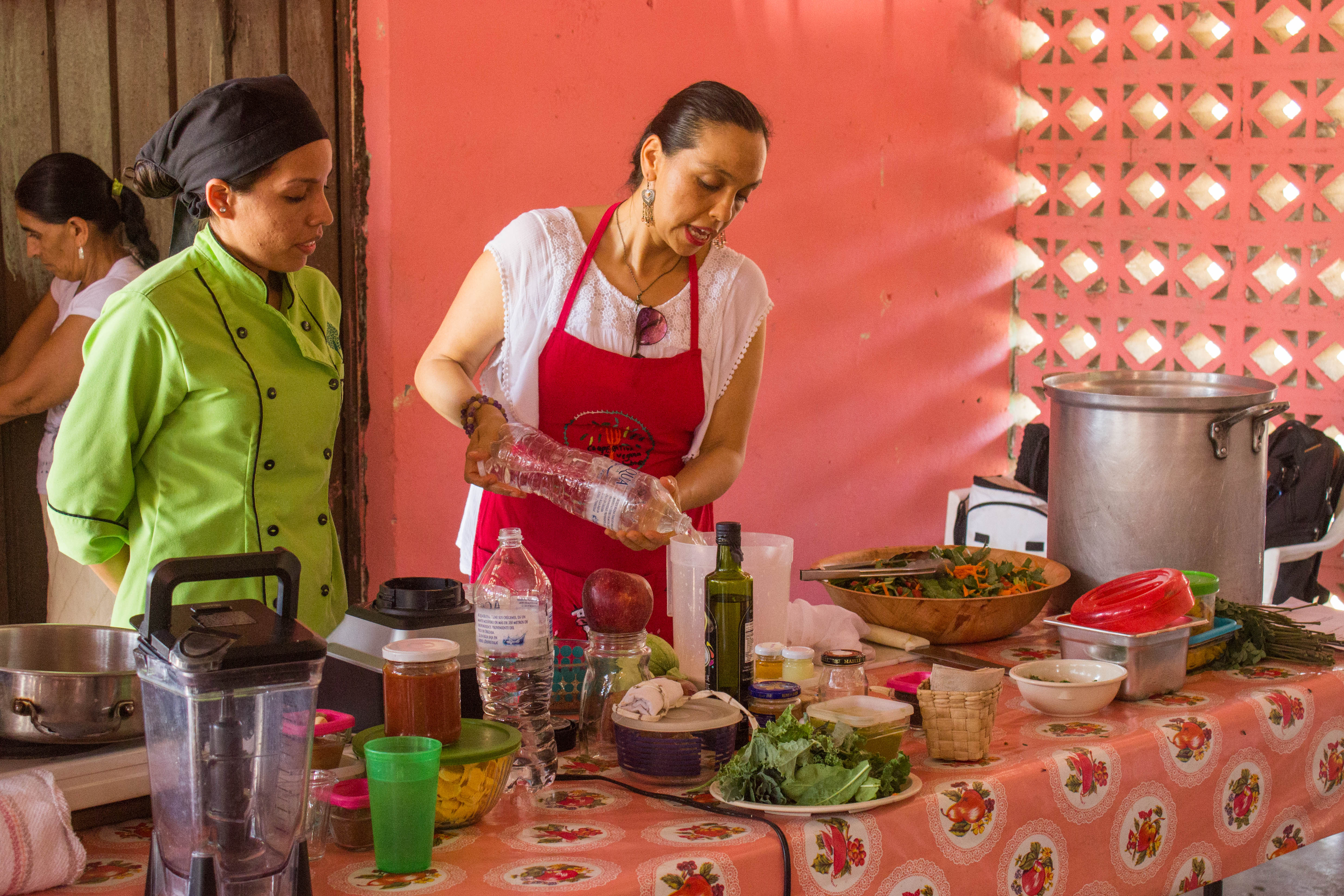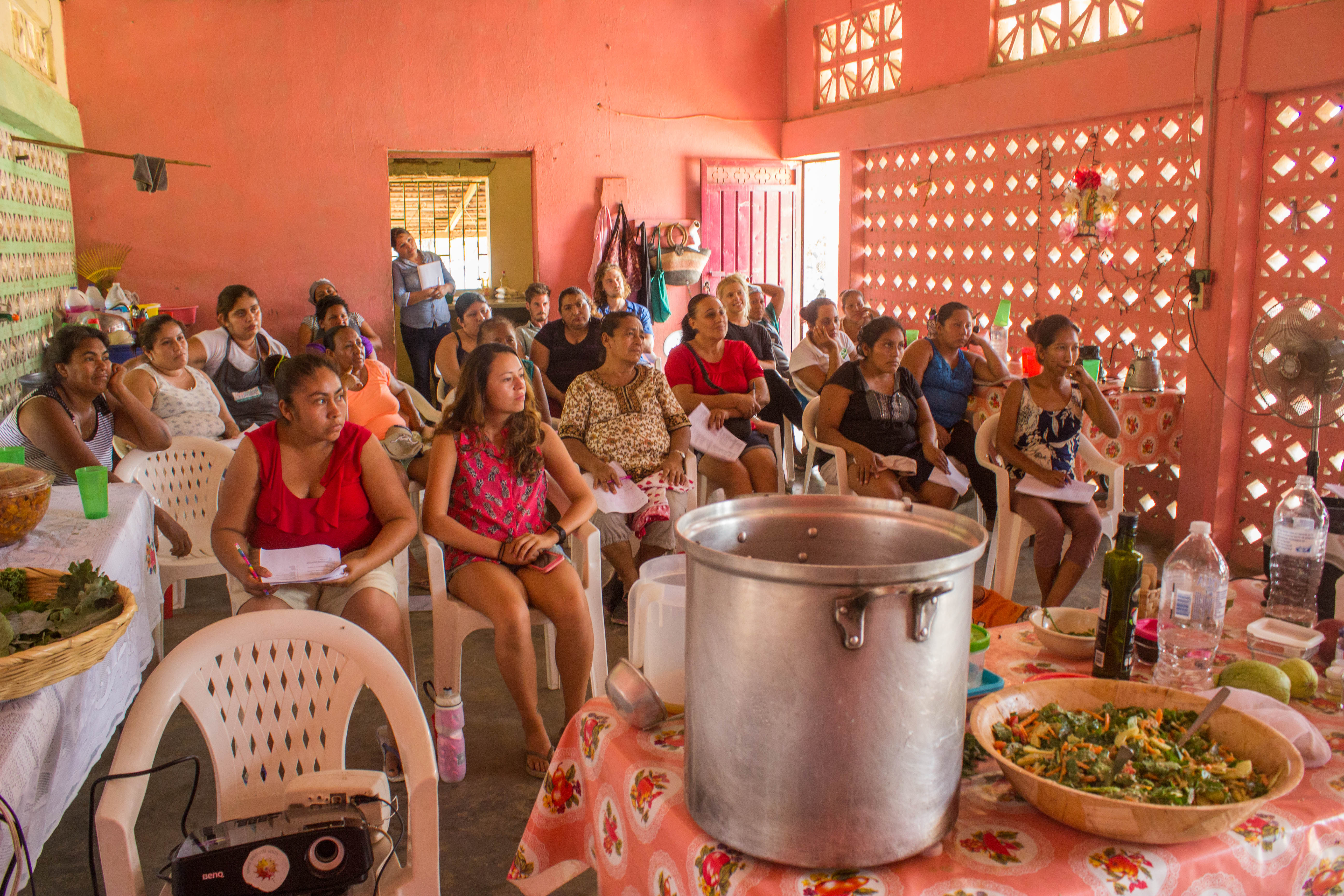Through our work in the community a new program has emerged. The overall goal of this new program, The Juluchuca Garden and Nutrition Project, is to foster greater physical and emotional wellbeing as well as health and nutritional awareness for the residents of Juluchuca. The process for achieving all three will be focused in three different program areas: school & community gardens, nutrition education, and mind/body awareness through yoga.
This program came about after kids in Juluchuca kept asking for yoga classes. Coincidentally, back in November, we had a guest at the hotel who wanted to lead a yoga class with her kids and the kids of the local community, kick-starting our now regular kids yoga class. More requests related to health and nutrition also began to arise: the kindergarten asked for our support to design a school garden, and the community kitchen informed us that access to nutritional food and greater knowledge of healthy cooking are severely lacking.
We’re really just in the beginning — but to date, we’ve held several kids yoga classes both at Playa Viva and in the community; we’ve offered two nutritional cooking workshops (which are held monthly) through the support of the Eco-Vegana Cooperative in Zihuatanejo, and designed a garden at the local kindergarten.
In order to achieve our goal of increasing physical and emotional wellbeing, we first need to better understand the state of wellbeing and nutritional awareness in the community. We decided to do a survey to measure the “state of health” in the local community. The survey asked workshop participants how healthy they think their community is, what they believe are the biggest health problems, but also more personal questions about what their diet is like, how healthy they feel, how confident they feel in their ability to nourish themselves, and what limitations they have in achieving a healthier lifestyle (e.g. is it access to food? Is it lack of nutritional knowledge and/or cooking?). This survey will serve as a baseline as we continue to do work in the community and gauge their responses to these same questions over the years.
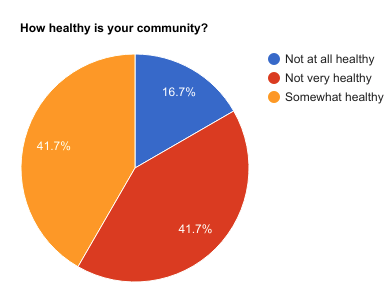
When asked what are the three greatest health problems in your community, people responded:
- Diabetes
- Cancer
- Drug addiction, high blood pressure, teenage pregnancy
When we asked participants about their personal health, roughly half of respondents felt that their health is only “somewhat healthy” with a roughly a quarter reporting “not very healthy”.
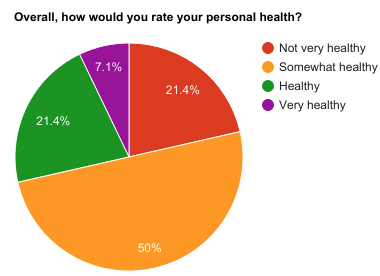
We could deliver a million nutritional cooking workshops, but without understanding and later addressing the limitations, then what good is telling people how to cook with ingredients they don’t have or can’t afford?
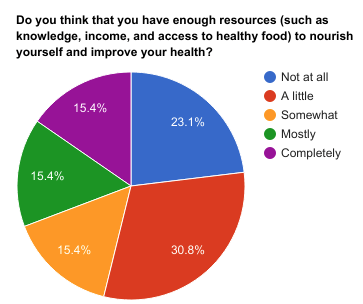
The most common limitation? Not enough income.
Additionally, a lot of people reported that the stores don’t have sufficient fresh fruits and vegetables. As a resident of the local community now, I myself have witnessed it — there aren’t a whole lot of diverse, healthy options.
So, what can we do for the short term? Well, for now, work with what there is!
We’re working with the community kitchen to offer free courses in which they can learn to make healthy dishes with the ingredients that are available and plentiful to them. A huge advantage the town has is that fruit trees are abundant, so there is plenty of fresh fruit to go around. For example, jackfruit–very abundant in this area–can be eaten as is, but also as a meat alternative, and the seeds can be boiled and turned into a delicious hummus. Sesame, a crop widely grown, can be used to make milk, to fortify tortillas, and to make a tahini for that jackfruit-seed hummus.
Through the data, we are able to identify opportunities where Playa Viva can support. When people were asked what are most important factors in order to have a healthy community, the top three most common responses were:
- Access to healthy food
- A clean environment
- Access to medical care
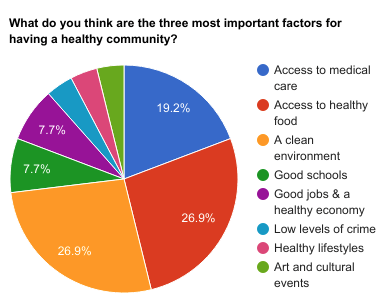
Related to the story above, this initiative addresses two of our five Core Values at Playa Viva–Create Meaningful Community and Promote Transformational Experiences. Our work with the local community is focused on education, health and economic well-being. Under the health “pillar”, we strive to facilitate improved nutrition, exercise, and efficiency/productivity in work.


